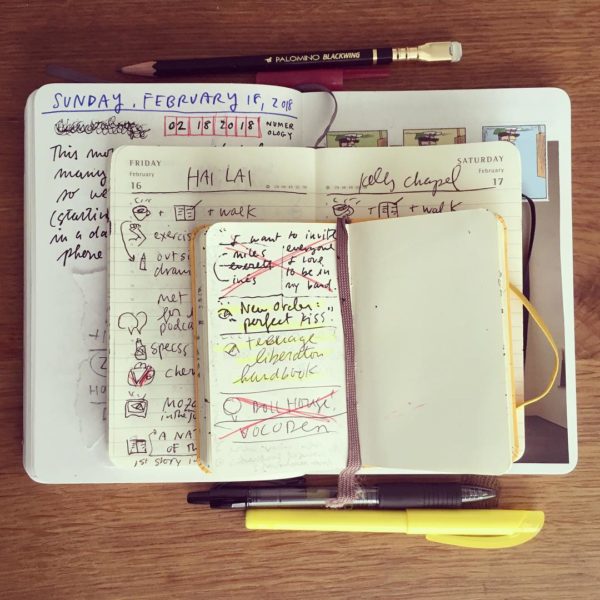
I am fascinated by the ocean, it’s ever changing moods and the possibilities that it offers. Perhaps that’s why I enjoy Hiroshi Sugamoto’s Seascape images so much.
I’ve been thinking about composition and how to use the psychology of how we see to make stronger images. This is something that I first came across in Vincent Versace’s Books (also see here).
Vincent teaches us that:
‘The unconscious eye “sees” in a predictable manner. It first recognizes light areas and then moves to dark ones, sees high before low contrast, records high before low sharpness, notices focus before blur, and focuses on high color saturation before low.’
I feel like the seascape images ignore the ‘rules’ of composition but still manages to hold a space for us to look deeply and remain engaged with the image. In the Sea of Japan image above I find that my eye is drawn immediately to the horizon line and then explores that dark shapes in the ocean surface before being drawn back to the horizon line. Then the whole process repeats.
I do wonder whether these images work better as stand alone images or as part of a series where you get to experience the ever changing moods of the sea.
How about you? How do you see this image? Do you prefer a stand-alone or the series?













